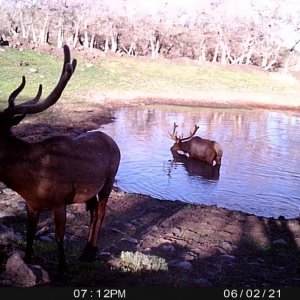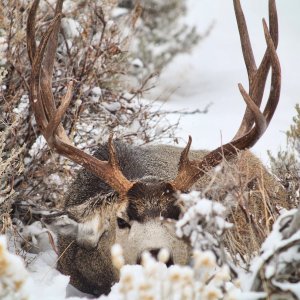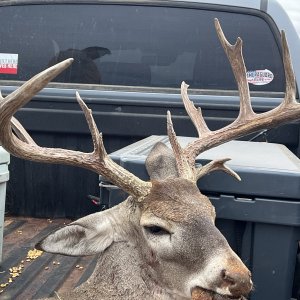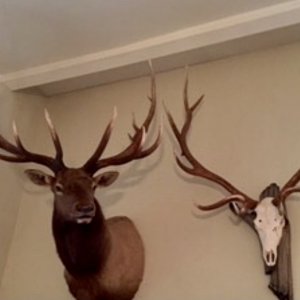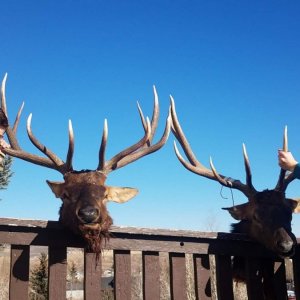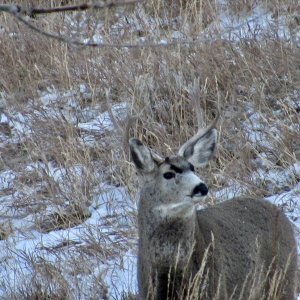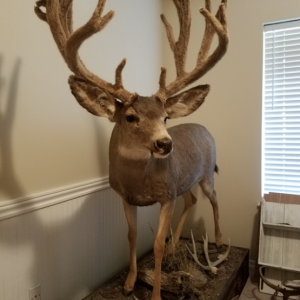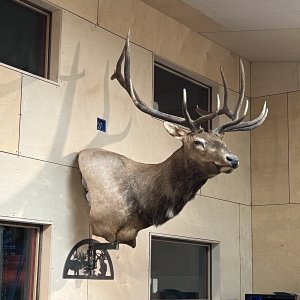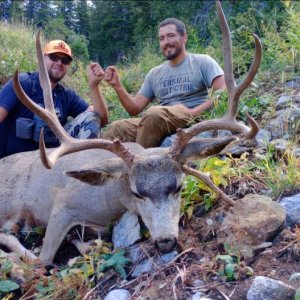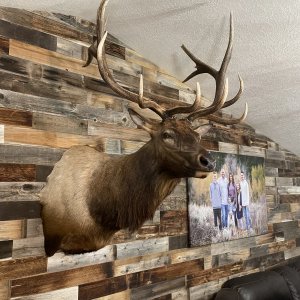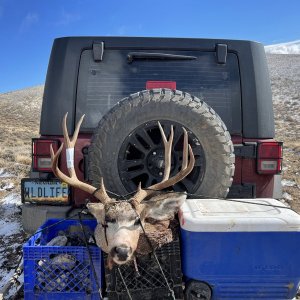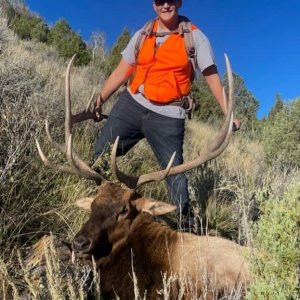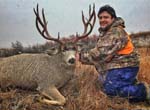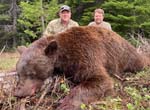Navaluk - I sat on the committee that developed the MT point system (with some wish for different outcomes in some areas) and I will explain to you, how it was explained to the committee as working prior to a point system and how it works with the point system(s) that were recommended.
First, FWP decides which units non-residents can draw a M/G/S tag in. They provide that information to the non-residents. That is your first hurdle. Any NR who applies for a unit FWP does not designate for that year is out of luck. Not sure why a NR would do that, as the units are always made available well before the draws.
Second, all the bonus point information is considered, with each bonus point being provided a random number. For each applicant, there lowest random number is used for the draw. All your other random numbers are disregarded, using your lowest number for the drawing.
Third, the applicant hunt choice is looked, starting with the lowest random number. If you have the lowest random number, you are going hunting.
As they work through the random numbers, it is possible that all the tags in your first choice are filled. If so, you are out of luck.
For NRs, there is an additional hurdle. If the 10% NR REGION quota is filled at the time your number is drawn, you will not get a tag. If your number is pulled and there are still tags for your first choice and the 10% NR quota (by REGION) is not filled, you are going hunting.
I wish MT had a separate draw for 10% of the tags, where only NRs can apply. Then NRs would know what they are really vying for. As a resident, I have mentally blocked off that 10% of the tags are gone to NRs, so if that is how it actually happened, not a problem for me.
Some years, it is crazy how this "10% by region" thing works out. One year I went to FWP to scan the list of successful applicants and do the 10% test on the units I applied for. I was applying for the Bridgers for a goat tag, Unit 393. I see tons of goats on my hikes and really wanted to hunt there. I looked and 3 of the 5 tags went to NRs.
For that year, in the best goat unit in MT, 60% of the tags went to NRs. Some years it might be 0% of the tags went to NRs, due to this "up to 10%" language and this "by REGION" methodology, rather than by district.
If you want to see your true NR odds, use these Excel tables, not the PDF draw odds. The Excel table shows applicants by district (which can be totaled by adding all districts in the region), by point level, and by residency.
http://fwp.mt.gov/fwpDoc.html?id=63195
The odds are worse than most realize, when you take into account the squaring of points (something I think is a joke).
Best of luck when the results come out this week.
"Hunt when you can - You're gonna' run out of health before you run out of money!"

